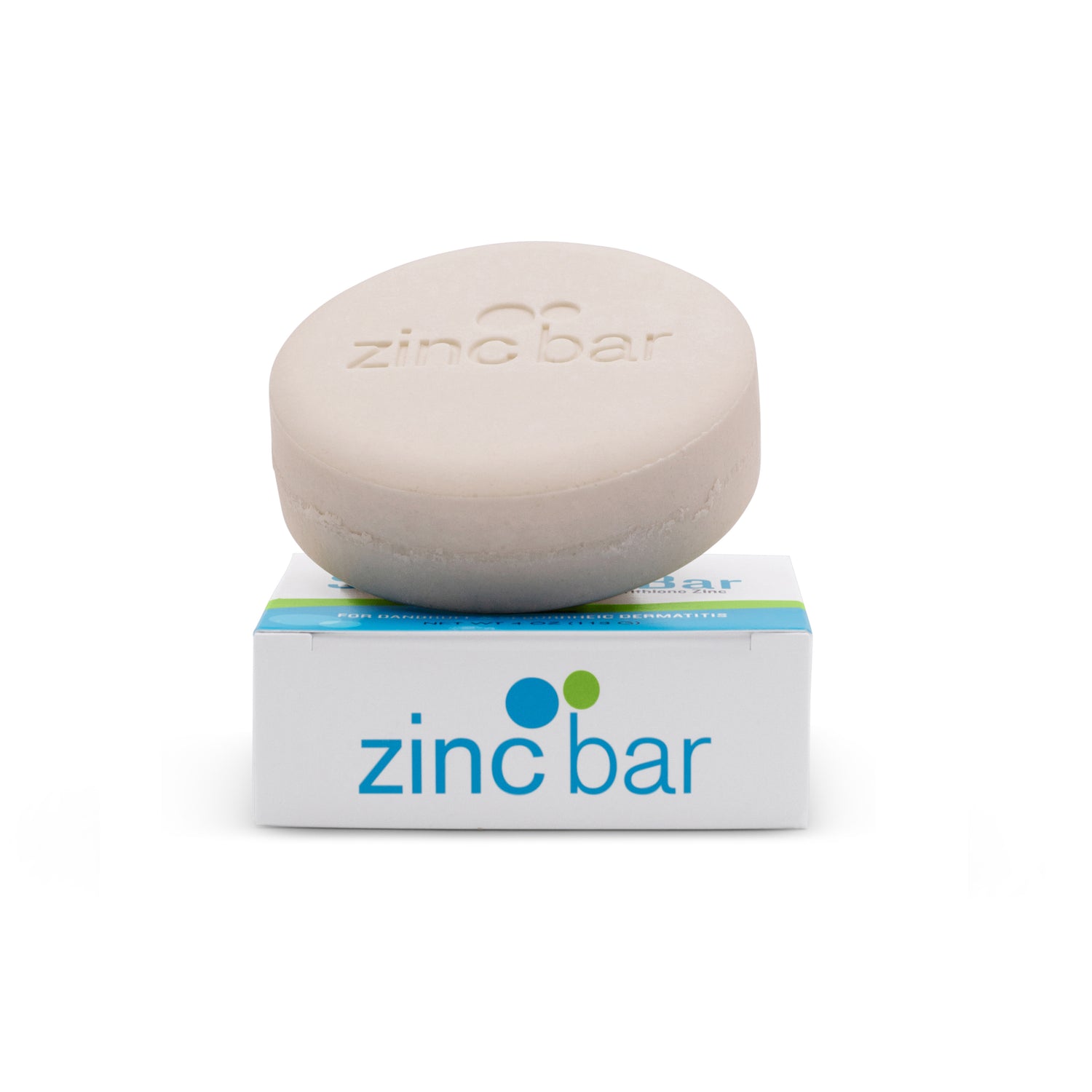Tea Tree Oil
Tea tree oil (also known as melaleuca oil) is derived from the leaves of Melaleuca alternifolia, a tree native to Queensland and New South Wales, Australia. It has been used as a healing medicine by Aborigines for centuries. Before the 1900’s the pure oil (known as "neat" oil) was inhaled or diluted and applied directly to the skin.
Tea tree oil is commonly used to treat acne, athlete's foot (tinea pedis), lice, eyelash mites (ocular demodicosis), nail fungus (onychomycosis), and insect bites. The oil contains compounds called terpinen-4-ol - compounds that have been shown to kill certain bacteria, viruses, infection, and fungi. Tea tree oil also kills E. coli, S. pneumoniae, H. influenzae, and S. aureus.
Terpin-4-ol appears to increase the activity of white blood cells. - those that fight germs. The oil helps to control underarm odor related to perspiration. As a repellent, tea tree oil repels mosquitoes and flies. As a topical, tea tree oil decreases healing time in wounds. It also reduces or suppresses inflammation and helps the severity of eczema flairs. Used as a diluted topical solution requires a minimum of 45 days use to see optimal results.
Medical experts consider tea tree oil to be safe as a topical treatment. You can apply it directly to the skin on a daily basis. Application to the skin seldom causes irritation. That said, in some cases it may cause skin irritation and swelling. With acne application it can cause skin dryness, itching, stinging, burning and redness in some instances.
Tea tree oil can be a powerful tool in the fight against acne. Pure tea tree oil can be mixed with water (in a ratio of 1x tea tree oil to 9x water) to make a holistic acne solution. Simply apply the mixture to affected areas with a cotton swab once or twice a day or as needed. This solution appears to be as effective as 5% benzoyl peroxide (BPO) for treating acne - though it works slower than BPO.
Despite all that we know about tea tree oil and its biological properties and potential for clinical uses, tea tree oil is still not completely understood. The US Food & Drug Administration (FDA) has only authorized tea tree oil for use as an antiseptic. It can be labeled as an OTC drug for the treatment of minor cuts, minor bums, scrapes, abrasions, insect bites and stings. It cannot be used in medical claims for other conditions (e.g. acne, eczema, killing bacteria). We at DermaHarmony would support an expanded claim-set.
In human OTC drugs, tea tree oil is commonly formulated with salicylic acid or sulfur to treat acne. Both sulfur and salicylic acid are approved for the treatment of acne and allow a drug claim. The tea tree oil in these products – including the DermaHarmony Sulfur Soap - does not come with a drug claim.
At high concentrations tea tree oil is believe to be an endocrine disruptor. It can also be an allergen, irritant, and contribute to reproductive and non-reproductive organ system toxicity. EWG Skin Deep gives pure tea tree oil a 6 on their scale. The score is high - concerning. DermaHarmony uses tea tree at concentrations below 2% by weight. At this level tea tree oil is believe very safe. Tea tree is an approved Whole Foods Premium Body Care Ingredient – meaning that Tea Tree Oil is efficacious and safe for bodies and the planet.

